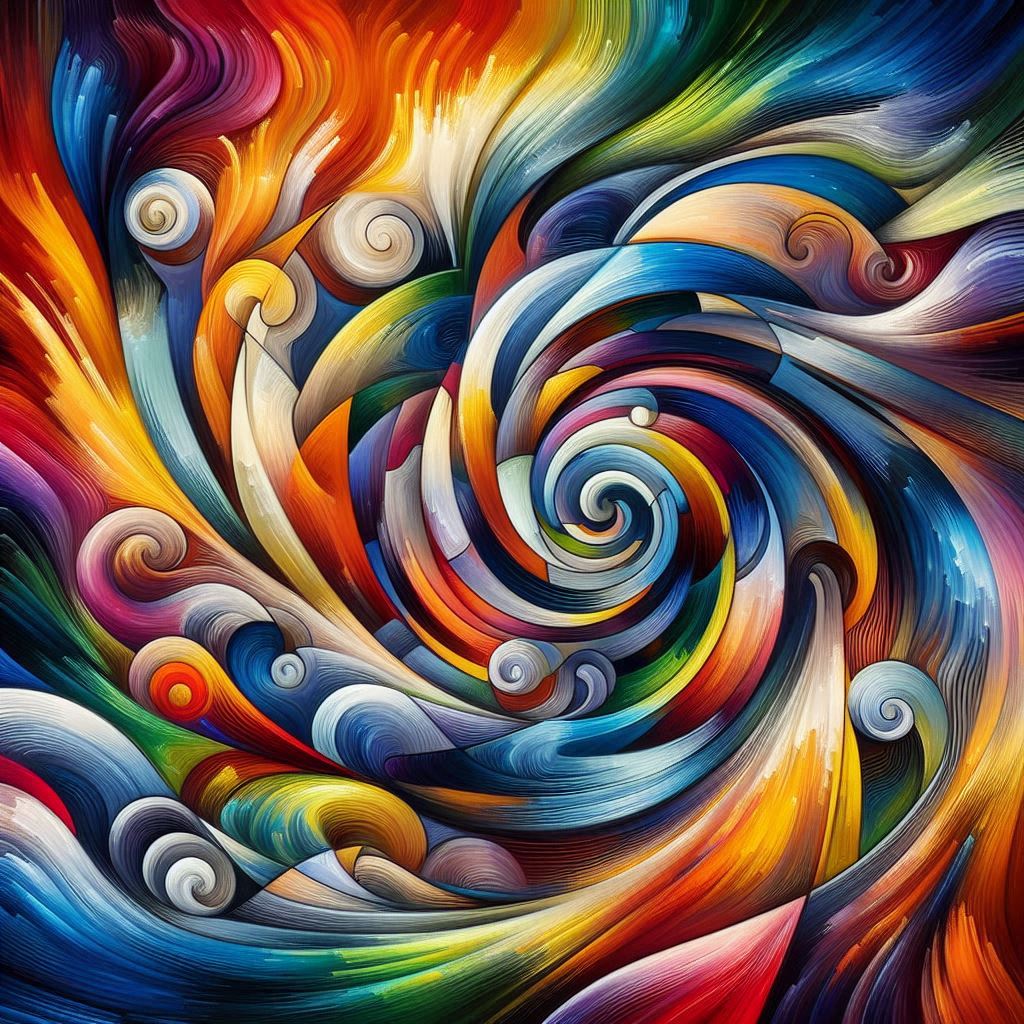Abstract art often stirs up questions and conversations. At its core, it’s less about literal representation and more about pushing boundaries and emotions to center stage. Understanding its roots is essential for truly appreciating this art form.
Abstract art shrugs off traditional rules. It emerged in the early 20th century when artists began to prioritize color, shape, and form over direct depiction. Movements such as Cubism, Futurism, and Expressionism poured concrete foundations for what abstract art is today. Notable names like Kandinsky and Mondrian started shaking things up, allowing abstract art to take form around vivid imagination and rich interpretation.
When looking at abstract works, you’ll notice the absence of clear subjects. Instead, artists use colors, lines, and shapes to evoke feelings or leave impressions. The lack of identifiable subjects may confuse some viewers, but it provides room for personal interpretation where emotion and thought reign supreme.
Diving into abstract movements highlights how these artworks have stretched cultural conversations. From the vibrant chaos of Abstract Expressionism to the meditative simplicity of Minimalism, each movement brought something new to the table, challenging audiences to think differently.
Abstract art resonates deeply because it connects on an emotional level, ignoring the literal and leaning into the suggestive. It invites viewers to engage with what they see and what they feel. This emotional pull makes it both intriguing and accessible to a wide audience, enhancing its presence in modern exhibitions.
Planning the Exhibition: From Vision to Concrete Plan
Creating an abstract art exhibition requires more than just hanging pieces on walls. It’s about shaping a journey that visitors will embark on, starting with a clear vision. This vision shapes every aspect of the exhibition, from the selection of artworks to the layout and overall ambiance.
Collaboration with artists is key. Engaging with artists early on helps in gathering remarkable pieces that align with your vision. Building strong relationships with these creators not only ensures a diverse selection but also adds authenticity and depth to the exhibition.
The venue must complement the art on display. Consider factors like lighting, wall space, and accessibility when choosing a location. An ideal venue enhances the art, making it more impactful for the visitors.
Budgeting can’t be overlooked. It’s essential to map out every cost from shipping and insurance to marketing and staffing. Explore funding options such as sponsorships, grants, or partnerships to ease financial constraints. Having a realistic budget ensures the exhibition runs smoothly without unwanted surprises.
Curating the Collection: Creating a Story through Art
Choosing artwork for an exhibition can be daunting yet rewarding. The selection process should align with your theme, ensuring each piece contributes to a cohesive narrative. Each artwork acts as a chapter in the story you’re telling.
Clear criteria for selection are crucial. Consider the artwork’s uniqueness, relevance to the theme, and potential to engage the audience. Diversity in expression and technique can add layers to the exhibition, offering a richer experience to visitors.
Incorporating multimedia elements can make an exhibition stand out. Videos, soundscapes, or interactive digital components provide depth and context, enhancing the audience’s connection to the abstract pieces.
Modern technology offers tools to make exhibitions interactive. Consider apps or QR codes that offer additional content like the artist’s background, the story behind the piece, or guide notes. This not only enriches the learning experience but also keeps visitors engaged long after they’ve left.
Bringing the Exhibition to Life: Execution and Engagement
The excitement of bringing an exhibition to life starts with engaging marketing strategies. Promote your abstract art exhibition across various platforms to reach a broader audience. Mix traditional approaches like flyers or posters with digital marketing, including social media campaigns and newsletters, to spark interest and encourage attendance.
A well-planned opening night sets the tone for the rest of the exhibition. Organize an unforgettable event by partnering with local musicians or performance artists to complement the atmosphere of abstract art. Ensure your opening includes opportunities for guests to mingle with artists directly, making it an immersive experience.
Maintaining engagement throughout the exhibition is essential. Consider offering guided tours where knowledgeable guides or even the artists themselves explain the pieces and concepts. This not only demystifies abstract art but also enhances appreciation and understanding.
After the exhibition, collect feedback to learn what resonated with the audience. Post-exhibition evaluations are invaluable for future planning and improvement, helping refine marketing tactics and exhibition layouts. This continual learning ensures each exhibit surpasses the last in enriching public exposure to abstract art.

